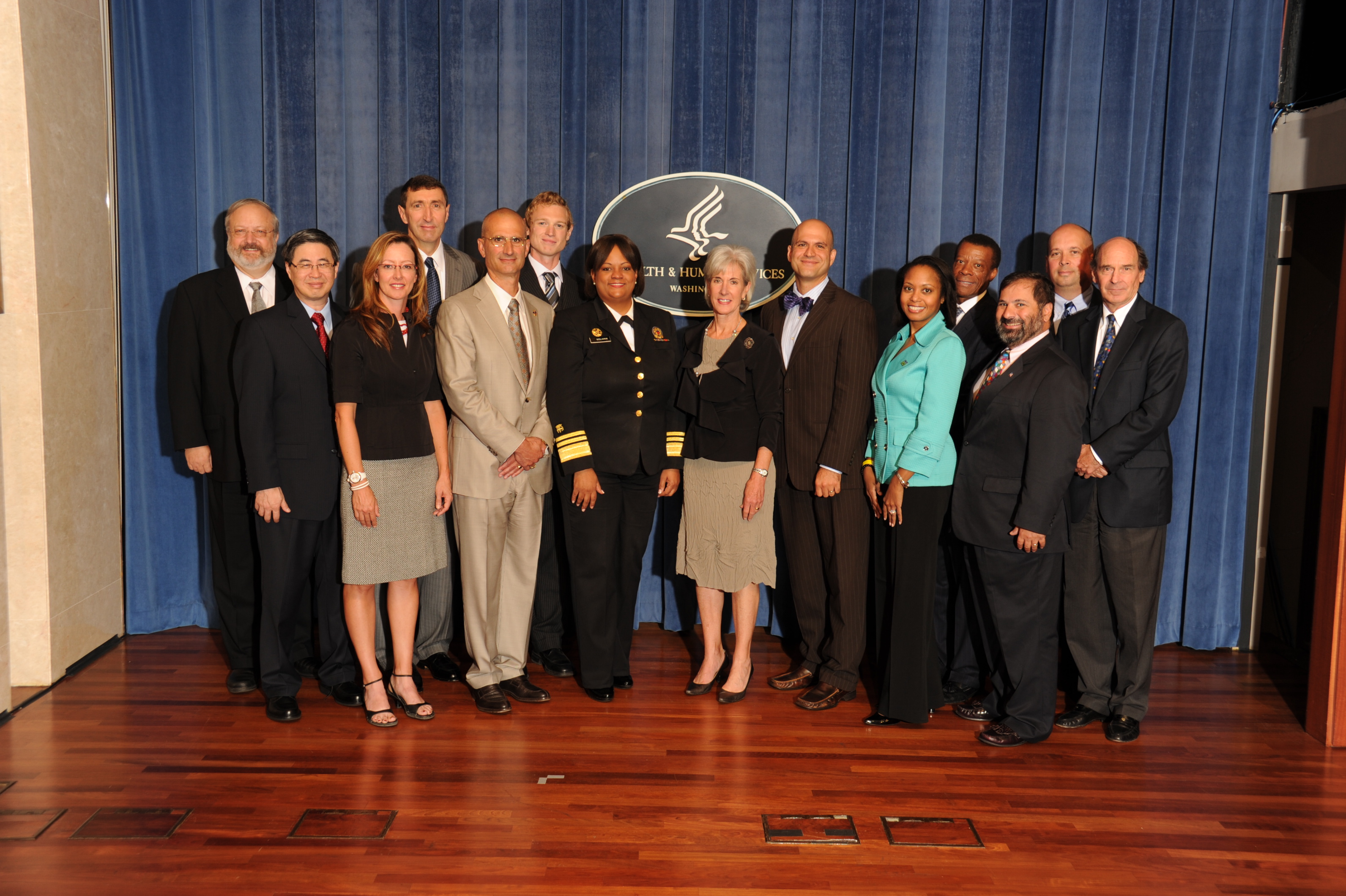Data Liberation is Great – Let’s Talk About What’s Next
Today, I had the honor of participating in a Consumer Health IT Summit at the Department of Health and Human Services in Washington, DC. It was great to see health IT stakeholders coming together to help drive the industry toward a more patient-centric health system, and I applaud the leadership at HHS and ONC – particularly folks like Aneesh Chopra, Todd Park and Farzad Mostashari – for drawing attention to the need for patient engagement and ‘data liberation.’ And, as always, the showmanship of Farzad, Todd and Aneesh made for an entertaining event!
At the event, HHS announced that they are releasing a PHR Model Privacy Notice for PHR vendors – or personal health platforms like HealthVault – to use to communicate to consumers their data sharing and security policies. We intend to post our PHR Notice on HealthVault.com as soon as the HHS web tool goes live later this week. We have been very focused on transparency and making it easy to understand how we approach privacy and security since we started working on HealthVault – because we know that transparency is required to enable trust. This notice offers another way to communicate our privacy and security practices, so we will use it and encourage our partners who build HealthVault apps to use it also.
I was excited to participate in today’s event, however – as readers of this blog know – I have been talking about data liberation and patient-centric healthcare for a long time. The free flow of health data is the necessary foundation for a healthcare system based on value – high-quality, cost-effective, personalized medicine. But enabling access to data is a necessary – but insufficient – condition for getting patients engaged. Data liquidity is important because it brings patients and their healthcare providers the information they need to improve health and healthcare, but patients must be inspired to use the data – not just store it on their PCs.
That’s why, although I was glad to be part of today’s event, I want to challenge ONC and the private sector to do more. Engaging patients is critical to driving value – better outcomes at lower costs – in our healthcare system. We need to move from expecting clinicians to do everything to a world where patients are empowered – and expected – to share decision-making and to be responsible for managing their health.
Two examples of connected data enabling better outcomes and higher satisfaction are studies we conducted using HealthVault – one with the Cleveland Clinic and one with Kaiser Permanente Colorado and the American Heart Association. The studies were designed to see if the use of at-home medical devices (such as blood pressure cuffs, scales, glucometers, etc.) help patients and their physicians work together more efficiently to manage chronic conditions. The results suggest that at-home medical devices – connected to cloud-based services for storage and sharing – can help patients and doctors work together to better track chronic conditions, coordinate treatment schedules, manage medication regimens and schedule timely interventions. Ultimately, these improvements could help create a more efficient healthcare system and healthier, more satisfied patients.
In order to move consumers to participate in managing their health, we need to motivate them with a call to action that is relevant, meaningful and actionable. My recommendation is that the CDC and HHS work with the private sector to create a campaign like “Know Your Numbers” (building on Dr. Oz’s work) or “Know your Meds” to begin educating consumers on the importance of understanding and managing their health.
Imagine if the government organized a group of great consumer companies – Nike, Apple, Starbucks, Microsoft – and got us to work together to create a campaign with a clear call to action around managing your health. If we could do this in a sustained way over a period of time, I’d bet there’d be some impact.
The idea behind today’s Consumer Health IT Summit was a good one – but let’s not stop here. The real value – for consumers and for the health system – will come when we create compelling ways for consumers to engage in managing their own health.
